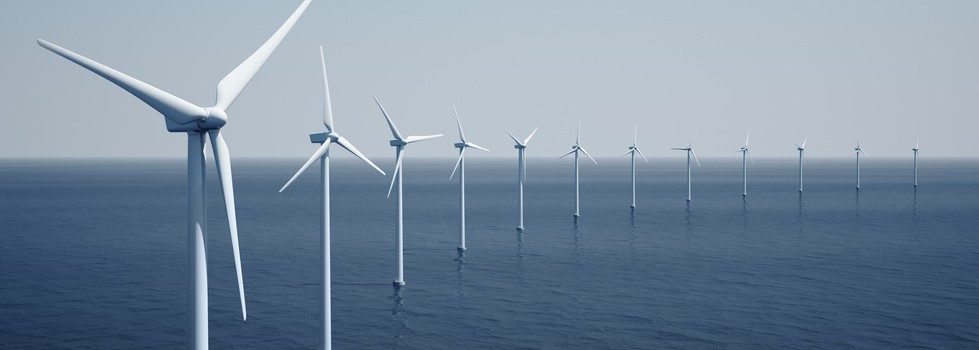In essence, wind energy owes its existence to the sun. As air above land heats faster than air over water, and as warm air rises faster than cool air, currents of air, or wind, develop. Wind has been used as energy since ancient times. Wind was used to power boats in Egypt as early as 5000 B.C. Windmills were used to pump water in China by 200 B.C. By the 12th century, windmills had spread to Europe. New World settlers used windmills to grind grain, cut wood and pump water. Windmills were later used in America to generate electricity in areas with no connection to the electrical grid.
Modern Wind Turbines
Windmills as grid-connected energy generators, usually called wind turbines, first began to appear in American during the oil shortages of the 1970s. Wind energy has seen the most growth over the last few years, in part due to government and utility incentive programs. While today’s turbines feature some of the same technologies in the towers, blade materials and variable speed generators, they are generally much larger than their early counterparts. Early wind turbines produced around 20 to 30 kilowatts of power. Today, they can generate as much as 7 megawatts.
Wind Power Around the World
Wind energy around the world is more than triple what is was in 2004, yet wind still powers only around one percent of the electricity that is produced worldwide. The country that gets the greatest percentage of electricity from wind generation is Denmark, using wind to meet around 20 percent of the country’s electrical needs. In 2008 and 2009, the United States generated more power from wind than any other country. China, Europe and India have also greatly increased wind generation over the last few years.
While residential wind energy systems have been developed, unlike home solar energy systems, home wind energy systems are still relatively rare, primarily due to regulations that prohibit their use in many residential areas.

